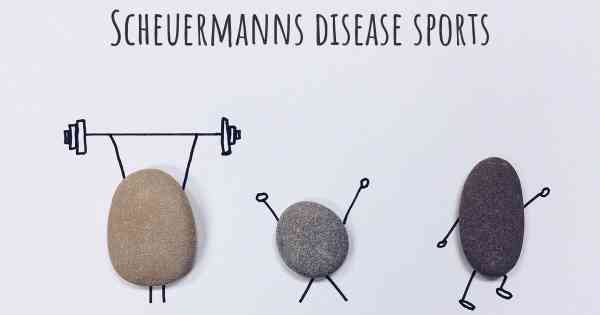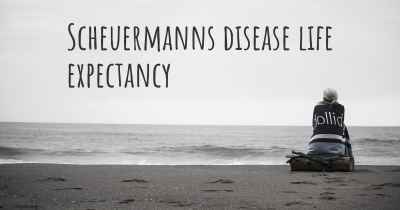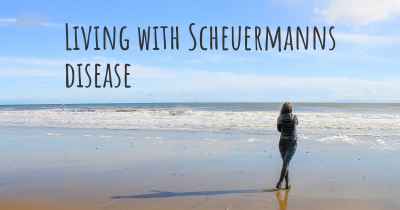Is it advisable to do exercise when affected by Scheuermanns disease? Which activities would you suggest and how intense should they be?
See if it is advisable for people with Scheuermanns disease to practice sports and which ones are the most recommended if you have Scheuermanns disease

Scheuermann's disease is a condition that affects the spine, specifically the thoracic (upper back) region. It is characterized by abnormal growth of the vertebrae, leading to a rounded or hunched posture. While exercise can be beneficial for individuals with Scheuermann's disease, it is important to approach it with caution and consult with a healthcare professional or physical therapist.
Benefits of exercise for Scheuermann's disease:
Engaging in regular exercise can provide several benefits for individuals with Scheuermann's disease:
- Improved posture: Certain exercises can help strengthen the muscles of the back, abdomen, and shoulders, which can improve posture and reduce the severity of the hunched appearance.
- Pain relief: Strengthening the muscles around the spine can help alleviate pain associated with Scheuermann's disease.
- Increased flexibility: Stretching exercises can help improve flexibility and range of motion in the spine.
- Better overall health: Regular exercise can contribute to improved cardiovascular health, weight management, and overall well-being.
Recommended exercises for Scheuermann's disease:
It is important to note that the choice of exercises may vary depending on the severity of the condition and individual factors. It is always advisable to consult with a healthcare professional or physical therapist before starting any exercise program. Here are some exercises that may be beneficial for individuals with Scheuermann's disease:
- Core strengthening exercises: Strengthening the core muscles, including the abdominal and back muscles, can help improve posture and provide support to the spine. Examples of core exercises include planks, bridges, and bird dogs.
- Stretching exercises: Stretching exercises can help improve flexibility and reduce muscle tightness. Focus on stretching the chest, shoulders, and upper back muscles. Examples include doorway stretches, shoulder rolls, and cat-cow stretches.
- Low-impact aerobic exercises: Engaging in low-impact aerobic exercises, such as walking, swimming, or cycling, can help improve cardiovascular health without putting excessive strain on the spine.
- Pilates or yoga: These forms of exercise can help improve posture, flexibility, and core strength. However, it is important to choose modified or adapted exercises that are suitable for individuals with Scheuermann's disease.
Exercise intensity and progression:
The intensity of exercise should be tailored to the individual's abilities and limitations. It is important to start with low-impact exercises and gradually increase the intensity and duration as tolerated. Listening to the body and avoiding activities that cause pain or discomfort is crucial.
Here are some general guidelines for exercise intensity:
- Start with a warm-up: Begin each exercise session with a gentle warm-up to prepare the muscles and joints for activity. This can include light stretching or low-intensity aerobic exercises.
- Focus on proper form: Pay attention to maintaining proper form and alignment during exercises. This will help target the intended muscles and reduce the risk of injury.
- Gradually increase intensity: As strength and endurance improve, gradually increase the intensity of exercises. This can be done by adding resistance, increasing repetitions, or progressing to more challenging variations.
- Listen to your body: If any exercise causes pain or discomfort, it is important to stop and consult with a healthcare professional or physical therapist. They can provide guidance on modifying exercises or recommending alternative activities.
Conclusion:
Exercise can be beneficial for individuals with Scheuermann's disease, helping to improve posture, alleviate pain, increase flexibility, and promote overall health. However, it is crucial to consult with a healthcare professional or physical therapist to determine the most appropriate exercises and intensity based on individual factors and the severity of the condition. Remember to start slowly, focus on proper form, and listen to your body to ensure a safe and effective exercise routine.
Posted Feb 28, 2017 by Mikeloveskorn 1720
Posted Nov 5, 2017 by Mar 200
My curve is 55 degrees and I found swimming, yoga and the gym most beneficial.
Posted Nov 8, 2017 by Gaia Jasmine 2800








